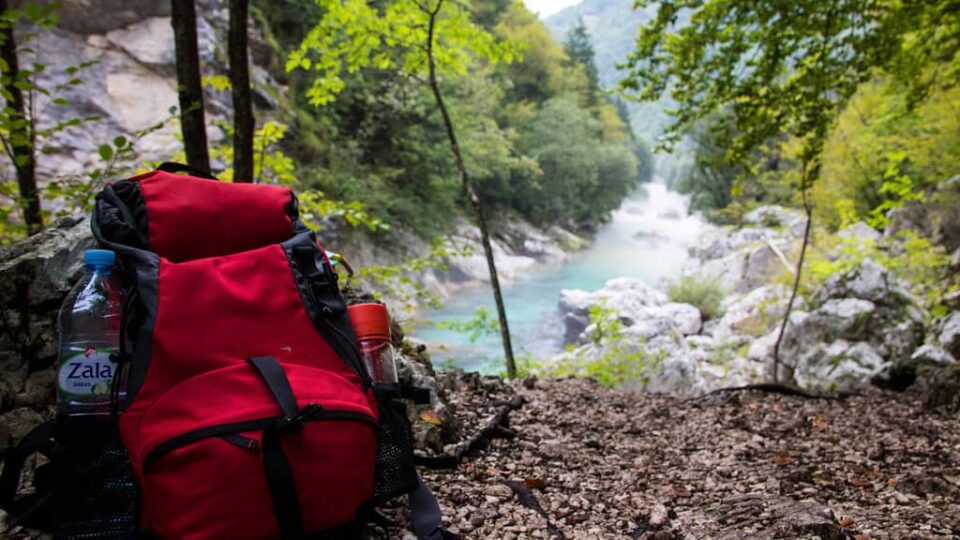Ultralight Hiking & Backpacking Basic Tips
A few pounds of backpacking gear is all you need as a backpacker. You need to be safe, comfortable, and warm throughout your trip, and you can achieve that by selecting ultralight backpacking and hiking gear. If you want to reduce weight and improve your gear’s functionality and quality, we advise you to choose the right gear for your next outdoor trip. Ultralight backpacking and hiking are more than reducing weight; it’s more about freeing yourself and traveling more comfortably. Staying light and fast puts you more within your reach and adds less weight. We’ll provide some tips and tricks on the best backpacking and hiking gear basics, so your next travel runs smoothly.
Decide on The Shelter
If you are traveling by yourself, you’ll want lighter shelter, and it’s better to aim for less than three pounds. However, each shelter has pros and cons, but the decision will always fall to your personal preferences. For example, do you want to bring a tent on your trip, or do you want to sleep on the ground for a more immersive experience? The choice of gear is endless, so make sure to consider your needs and preferences before purchasing and planning.
Ultralight Sleeping Bag
Before making any purchase, you need to consider some factors. First, you need to be familiar with your needs, whether you get cold easily or are more comfortable in a larger bag? Women are usually more comfortable with gender-specific sleeping bags because they are shaped differently and have extra insulation for the feet. But, metabolism plays a great role here. An ultralight-down sleeping bag is recommended as the best option as it packs in a very small size; it’s lighter and warmer. It’s also very durable and water-resistant. The down sleeping bag enhances the performance in wet weather conditions when condensation builds up in the tent. Due to its synthetic insulations, the synthetic sleeping bag, on the other hand, keeps you warm throughout the night and has a great quality.
Another thing to consider is the temperature rating. The bag manufacturers have adopted a temperature rating system, and there are three ratings so far. The comfort rating is the lowest temperature to keep the average person warm. The lower-limit rating is the lowest temperature a person can be kept warm, while the extreme rating is the temperature that will keep the person alive.
Ultralight Tent
Traditional tents will keep you safe and warm in rainy, windy, and snowy conditions. These shelters provide the most and will keep you protected from the weather conditions most backpackers are used to. While the tents might be an expensive option, if you share them with another person like a friend or family, the costs will be cut in half. In addition, there are double-walled tents that provide better ventilation and additional gear storage and prevent the condensation process. The single-walled tents offer traditional protection, but they are lighter compared to the double-walled tents.
Ultralight Hammocks or Bivy Sacks
The dilemma is endless when it comes to backpacking and hiking gear. You can bring the gear you’re most comfortable with and enjoy your trip. If you are more of an outdoor person and want to be part of the entire woods experience, then you can sleep in a hammock. You will find a pair of trees to hang it and spend your night. However, you can’t bring a hammock in cold or extreme weather conditions; instead, it’s recommended for warmer seasons.
Bivy sacks are waterproof and breathable items, compact and lightweight which won’t keep you behind on your trip. In addition, they are more durable and prevent moisture from the ground from getting inside.
Lightweight Clothes
A well-dressed hiker and backpacker should have layers of clothes for maximum warmth. For summer backpacking trips, the temperatures will not go below 0, so you can complete your outfit by including hiking socks, trail running shoes, a long-sleeve shirt, a rain jacket, a sun hat, sunglasses, and a windbreaker. For the spring and fall, you might require some extra clothing items. You can bring a rain jacket, rain pants, rain mitts, an umbrella, and trail running shoes, although we recommend purchasing lightweight boots. The winter season is known for its extreme temperatures and weather conditions. You’ll need a warm hat, rain mitts, liner gloves, fleece jacket, light-medium weight boots with snow gaiters, warm socks, and adequate footwear to keep yourself warm on this trip.
Lightweight Cooking Essentials
The basic list for backpacking kitchen essentials includes tools that are no different from what you have in your home kitchen. In addition, the list includes heat sources like a stove, fuel, and igniter, cooking containers like pots with lids because you’ll need the container to be closed, water containers, clean-up and storage supplies, utensils, and additional accessories. Once you are equipped with these items, you are ready to go!
